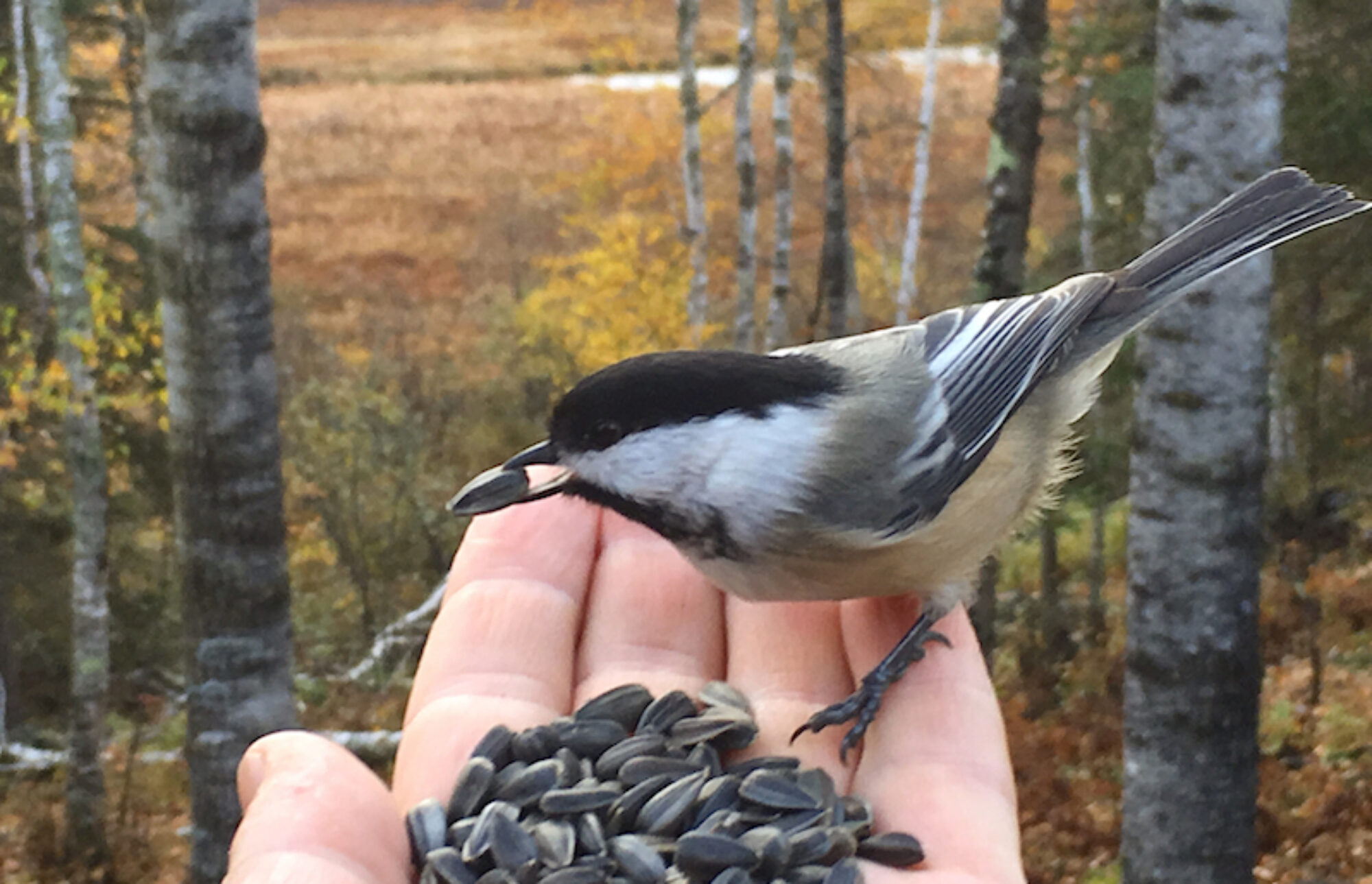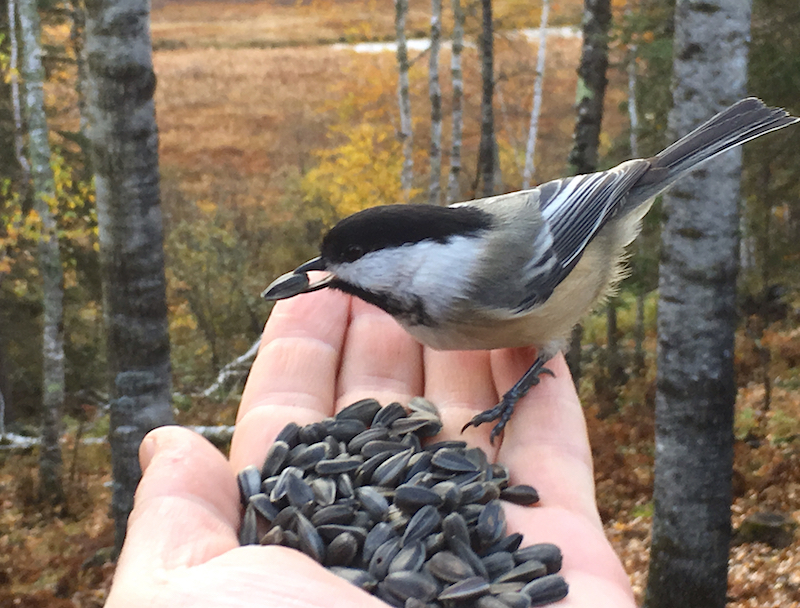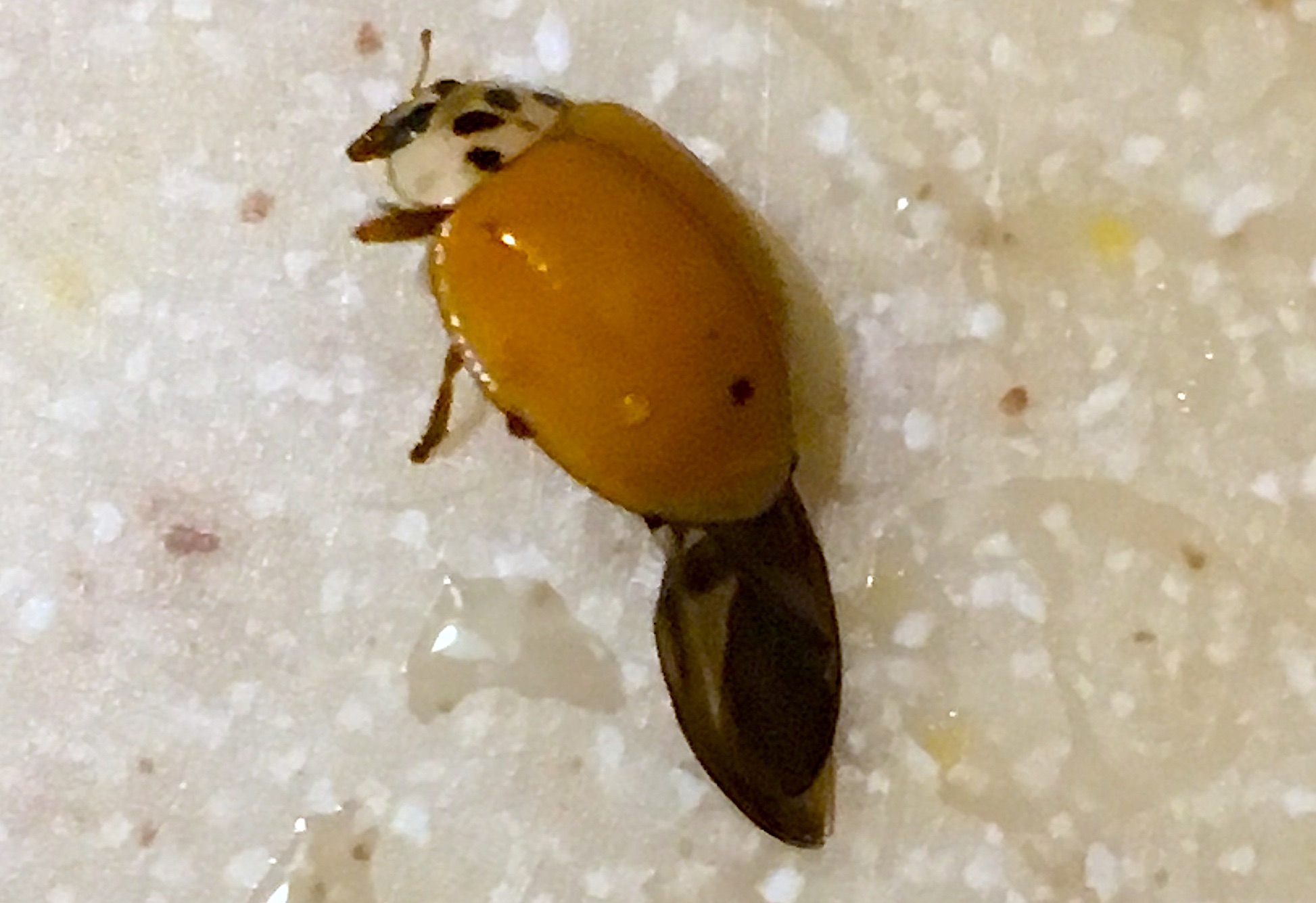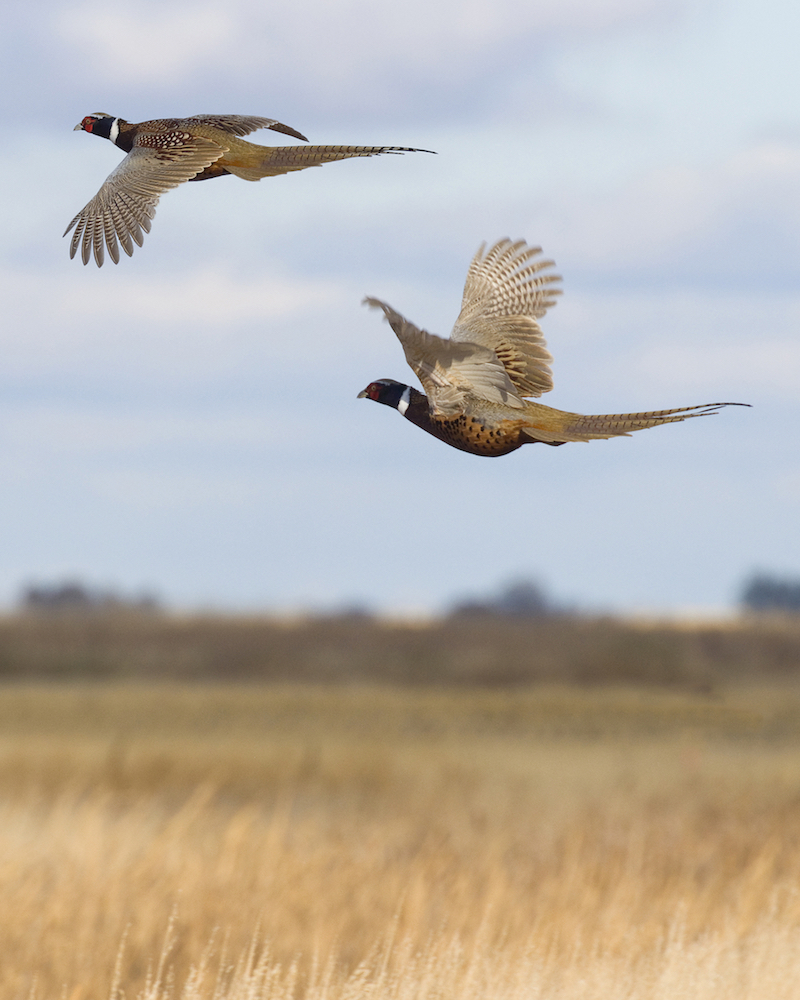With temperatures in central Iowa projected to be in the 50s to go along with a little sunshine, who wouldn’t be happy to be outdoors this weekend?
Waterfowl and pheasant hunters? Yes.
Anglers? Definitely.
Hikers, bikers and paddlers? Absolutely.
The only hardcore outdoors people maybe not thrilled about this weekend’s weather forecast are deer hunters.
The first of Iowa’s two shotgun deer seasons opens Saturday with some 60,000 hunters expected to be pushing and chasing whitetails through timber, and dry conditions without any snow on the ground will make tracking deer a challenge. The warm weather is expected to stick around until the middle of next week when temperatures start to drop.
The first shotgun season runs through Wednesday, Dec. 6, with the second shotgun season to follow from Dec. 9 to 17. Another 60,000 hunters will take part in that season. Some 40,000 tags also are expected to be purchased for the late muzzleloader season that is Dec. 18 to Jan. 10.
Last year, hunters killed more than 101,000 whitetails during all the regular and special seasons, and officials from the Iowa Department of Natural Resources expect a similar harvest this year.
If you’re carrying a gun in the woods this weekend, be careful. For those who aren’t but plan to be outside recreating, take precautions all the same. It can be dangerous time of year to be outdoors.
“Owl Be Home for Christmas” … The holiday season is fast approaching and you can get in a festive mood a little early with “OWL Be Home for Christmas,” a Shop for a Cause Fundraising Event Friday to Sunday, Dec. 8 to 10, at Wild Birds Unlimited Nature Shop, 213 Duff Ave., in Ames.
The eighth-annual event will benefit the Iowa Wildlife Center, a local nonprofit organization that provides professional rehabilitation services for native wildlife. Cash or check donations of any amount can be dropped off at the store throughout December. At designated donation levels, donors will receive WBU gift certificates in return for their generosity.
Marlene Ehresman, IWC executive director, will present a pair of programs at 10:30 a.m. and 1:30 p.m. Saturday, Dec. 9, at the store, that will feature live owls, which attendees will be able to see up close. Seating is limited and space fills up quickly for these programs, so please call ahead to reserve yours.
Here’s a chance to give a hoot about a good cause.
For more information, visit www.wbu.com/ames or contact Linda Thomas at (515) 956-3145.
Ikes offer helping hand to Wounded Warriors … Earlier last month the Ames Izaak Walton League teamed up with sponsors from the Wounded Warriors Project to host five soldiers for a series of trap and skeet shooting instruction as well as an upland pheasant hunt and afield hunt for geese.
The Wounded Warriors Project serves veterans and service members who incurred a physical or mental injury, illness, or wound, co-incident to their military service on or after Sept. 11, 2001.
William Davidson, Nicholas Ellis, Cory Buchenholz, Lorenzo Bello and Cory Weeks, the five soldiers who arrived in Ames on Nov. 9, are from Florida, Georgia, Alabama and Texas. All five are stationed at Camp Lejeune, N.C.. They were assisted by Ames Ikes Mark Robson, Bill Scott, Taylor Scott and Steve Olson and Wounded Warrior sponsors Bernie Becher, Jason Becker, Duane Booth, Brad Pottorff, Nichlas Holland, and Lee Kiewiet.
Kudos to the Ames Ikes and volunteers with the Wounded Warriors Project. Most of all, thanks to the soldiers for their service and sacrifice. Godspeed to all.
Todd Burras can be reached at outdoorstoddburras@gmail.com.


 I have a new-found appreciation for Asian lady beetles.
I have a new-found appreciation for Asian lady beetles.
